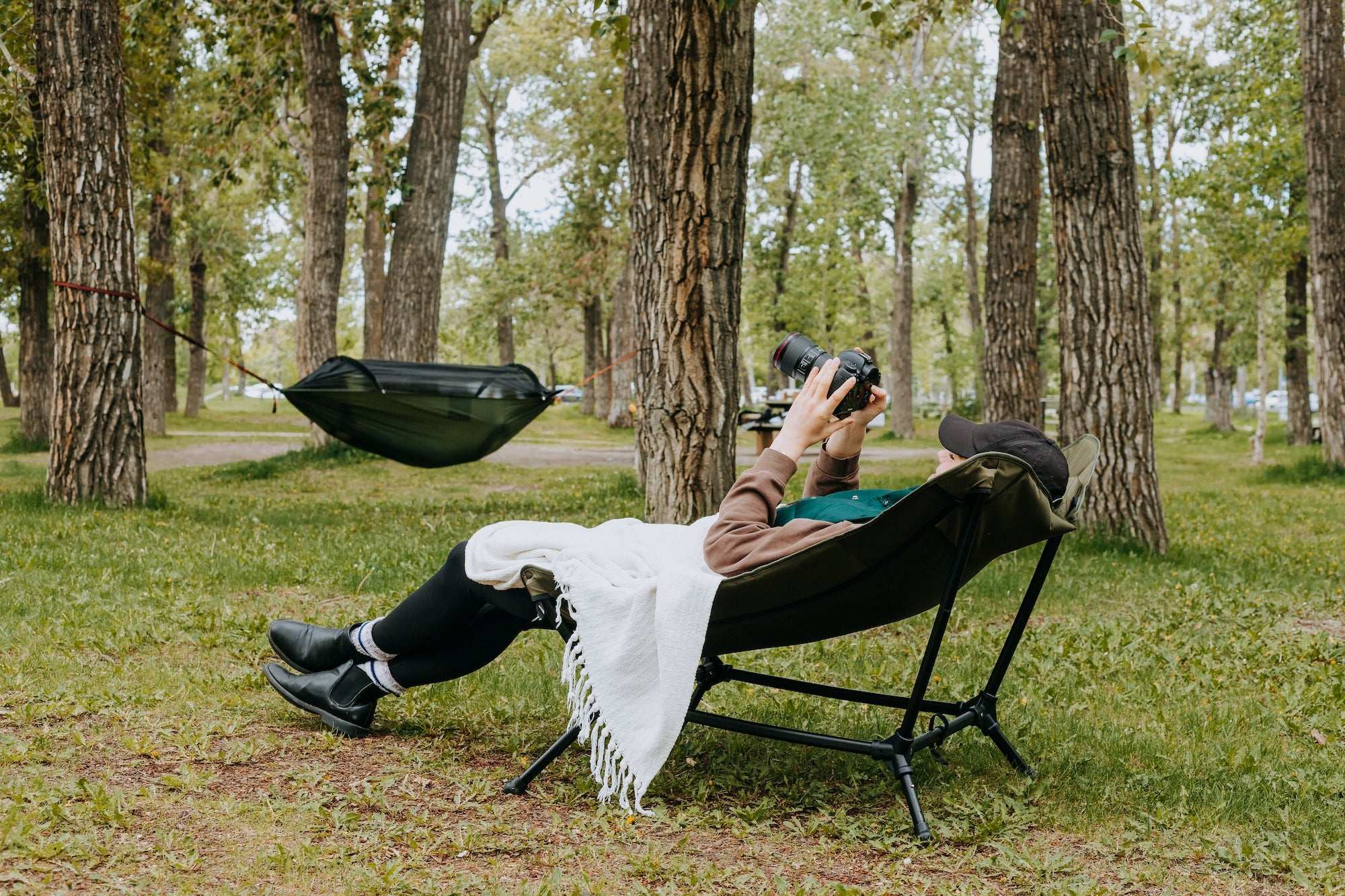It’s time to get out there and hike the Canadian winter. The only problem is that while the crisp, cool mountain air might be refreshing, you also have to contend with snowy trails, icy conditions and extreme cold temperatures. With that in mind, here are a few winter hiking tips to make your hike more enjoyable.
Tip #1: Don’t wear too many pairs of socks
Yes, layering is an advisable winter survival strategy, but not when it comes to your socks. The reason is simple: if you’re wearing too many socks, you might actually be restricting blood flow to your legs, which will result in cold feet. The same goes with lacing up your winter boots too tightly – something that’s all too easy to do if you’re wearing multiple pairs of socks. So don’t wear too many pairs of socks when hiking.
Tip #2: Carry an insulated water bottle
It’s not rocket science: water will freeze if temperatures dip below the freezing mark. Moreover, water freezes from the top down. This, obviously, presents a challenge to any hiker – at the very moment when you’re expecting to pop open a water bottle and enjoy some water, you’re confronted with an icy layer that makes drinking water close to impossible. The good news is that there are two great solutions for this: carry an insulated water bottle that will prevent water from freezing in the first place, and just in case, carry the water bottle upside down so that the ice remains on the bottom.
Tip #3: Pack your first-aid kit in a waterproof container
Too many people simply stow away their first-aid kit in their backpack, without giving it a second thought. However, the problem here is that all the important items within that first-aid kit – such as band-aids and gauze rolls – are also very susceptible to water damage. So always surround your first-aid kit with a waterproof container or, at the very least, a plastic baggie.
Tip #4: Don’t forget about ice cleats
The best winter ice cleats, such as the Yatta Life Anti Slip Trail Spikes, are designed to be worn right over your hiking boots or shoes. You can quickly take them on and off, depending on trail conditions. When choosing ice cleats, focus on the durability of the upper elastomer that slips over your boots, as well as the type of traction device used by the ice cleats. For example, the Yatta Life Anti Slip Trail Spikes use stainless steel ice spikes, which are perfect for really gripping into icy and slippery surfaces. Other options, though, might only provide steel coils, which are really only effective with light snow, not on icy trails.
Tip #5: Add a roll of duct tape to your gear bag
You never know what you’ll encounter on your winter hiking expedition, and it can never hurt to include a roll of duct tape in your backpack. The number of uses for duct tape is legendary, everything from creating a makeshift splint for an injured arm or leg to taping up damaged pants or jackets. Some adventurous souls have even used duct tape to make a hammock in the middle of the woods!
**
As you can see, a little advance thinking and foresight can make all the difference when you’re out on the trail. With these tips, you’ll never again worry about frozen water bottles, unexpected emergencies, or water damage to vital supplies. So get out there and enjoy the great Canadian wilderness this winter!





Leave a comment
All comments are moderated before being published.
This site is protected by hCaptcha and the hCaptcha Privacy Policy and Terms of Service apply.